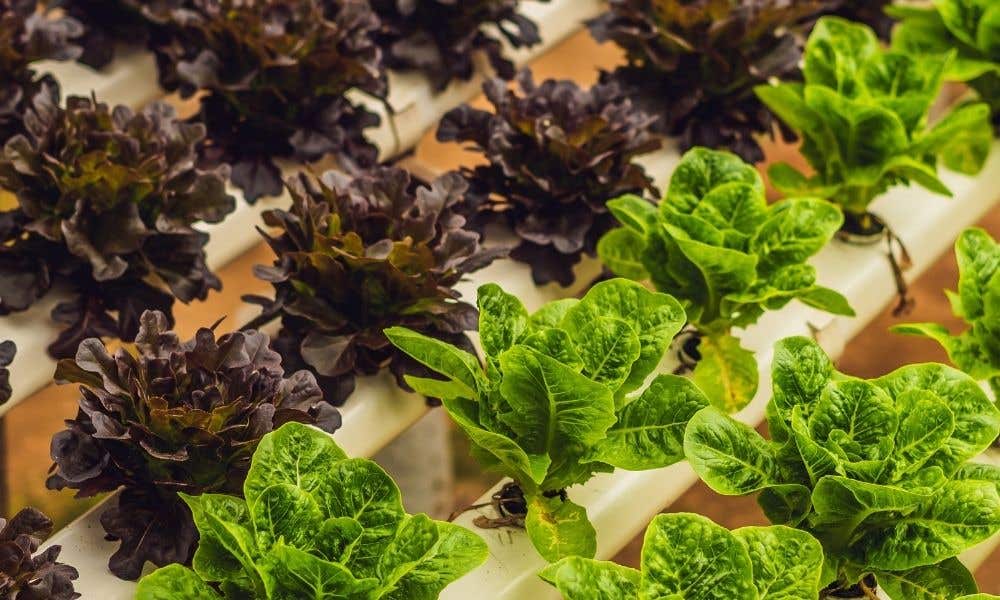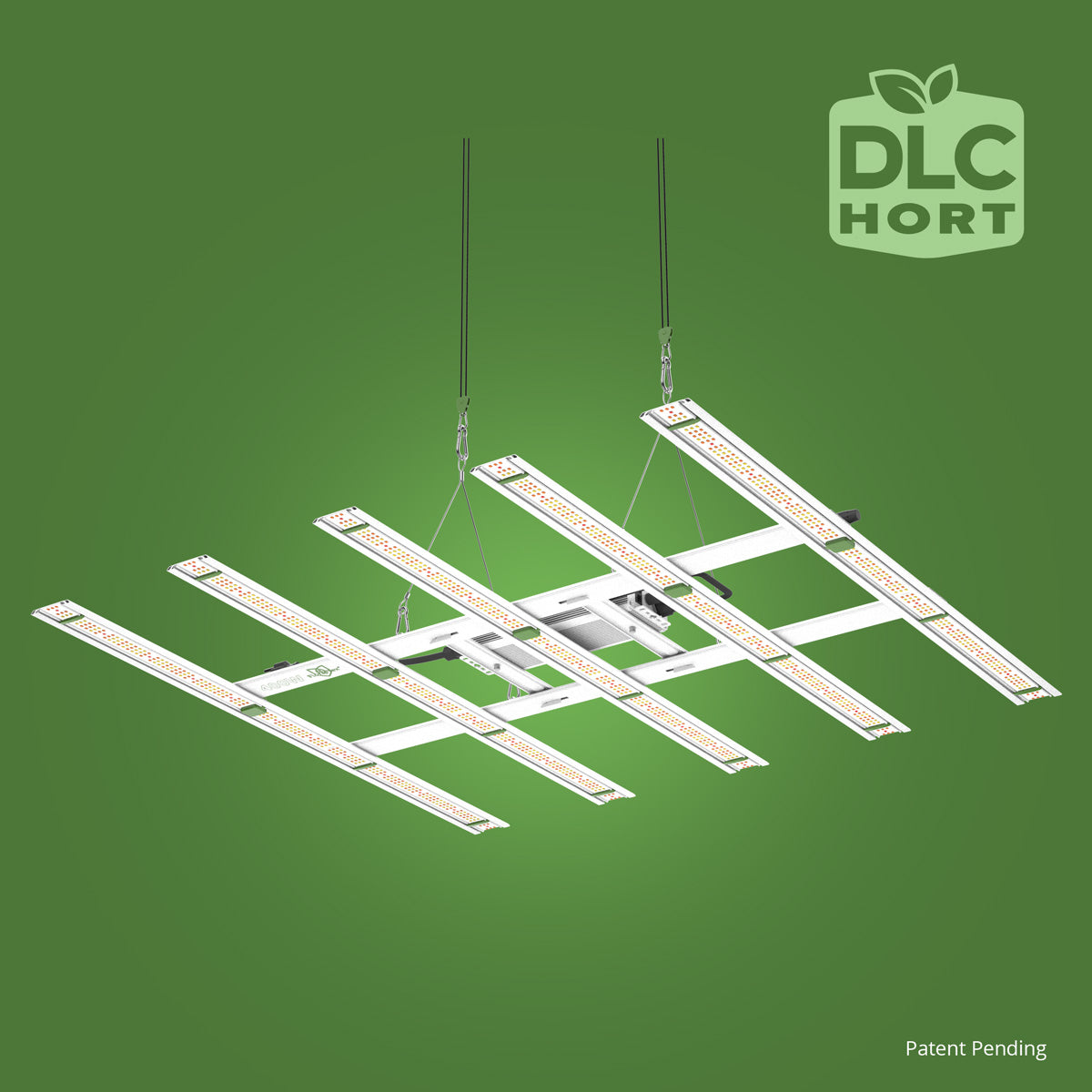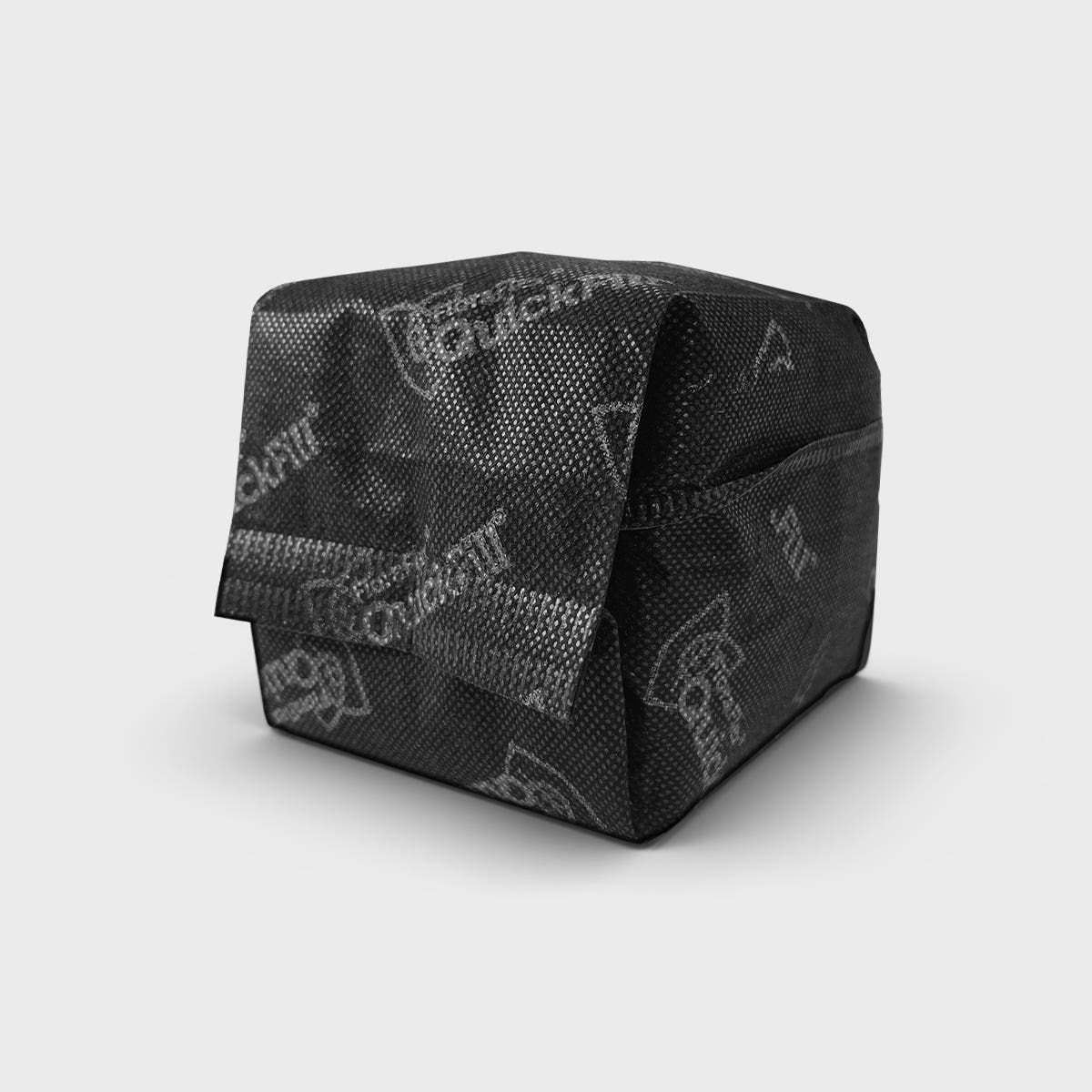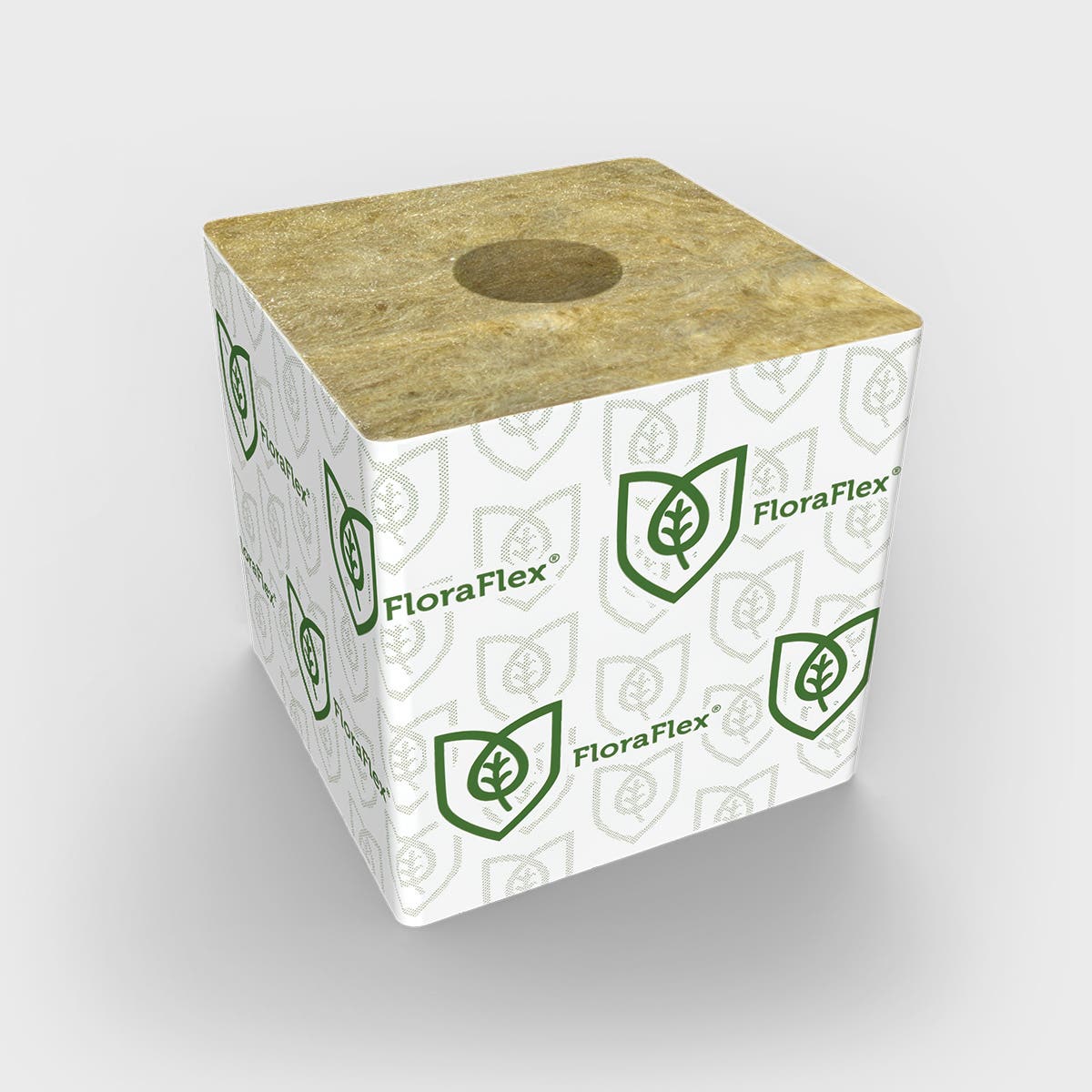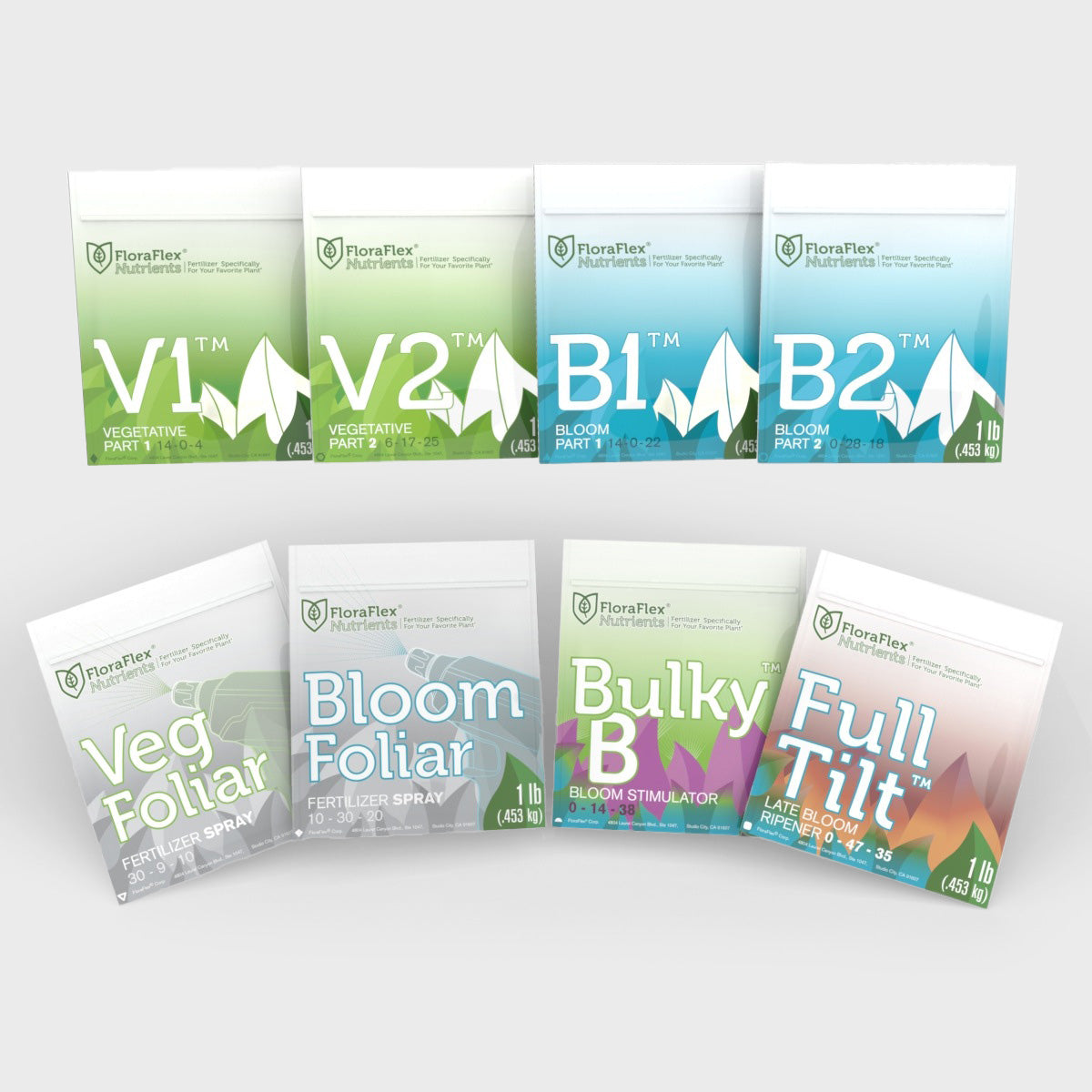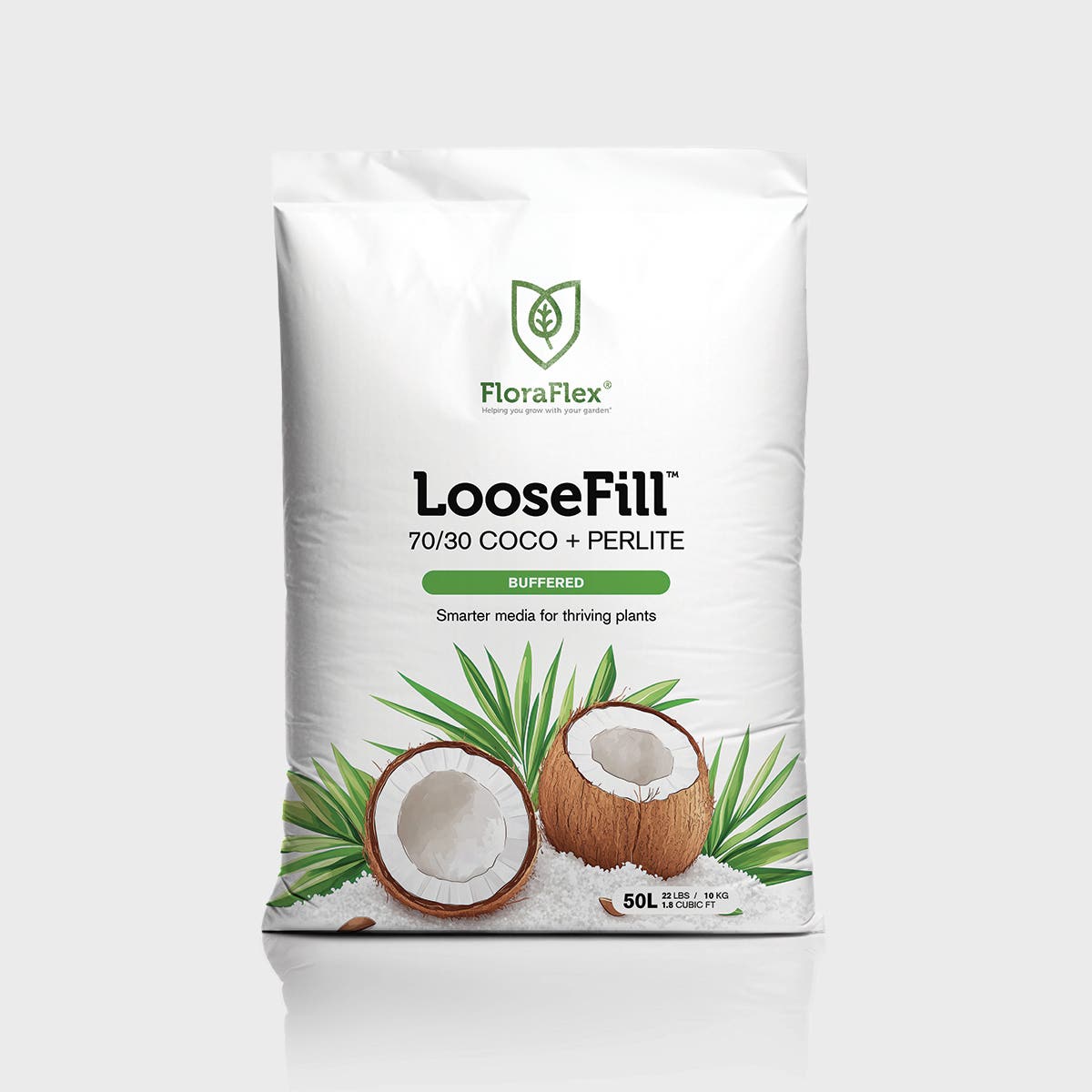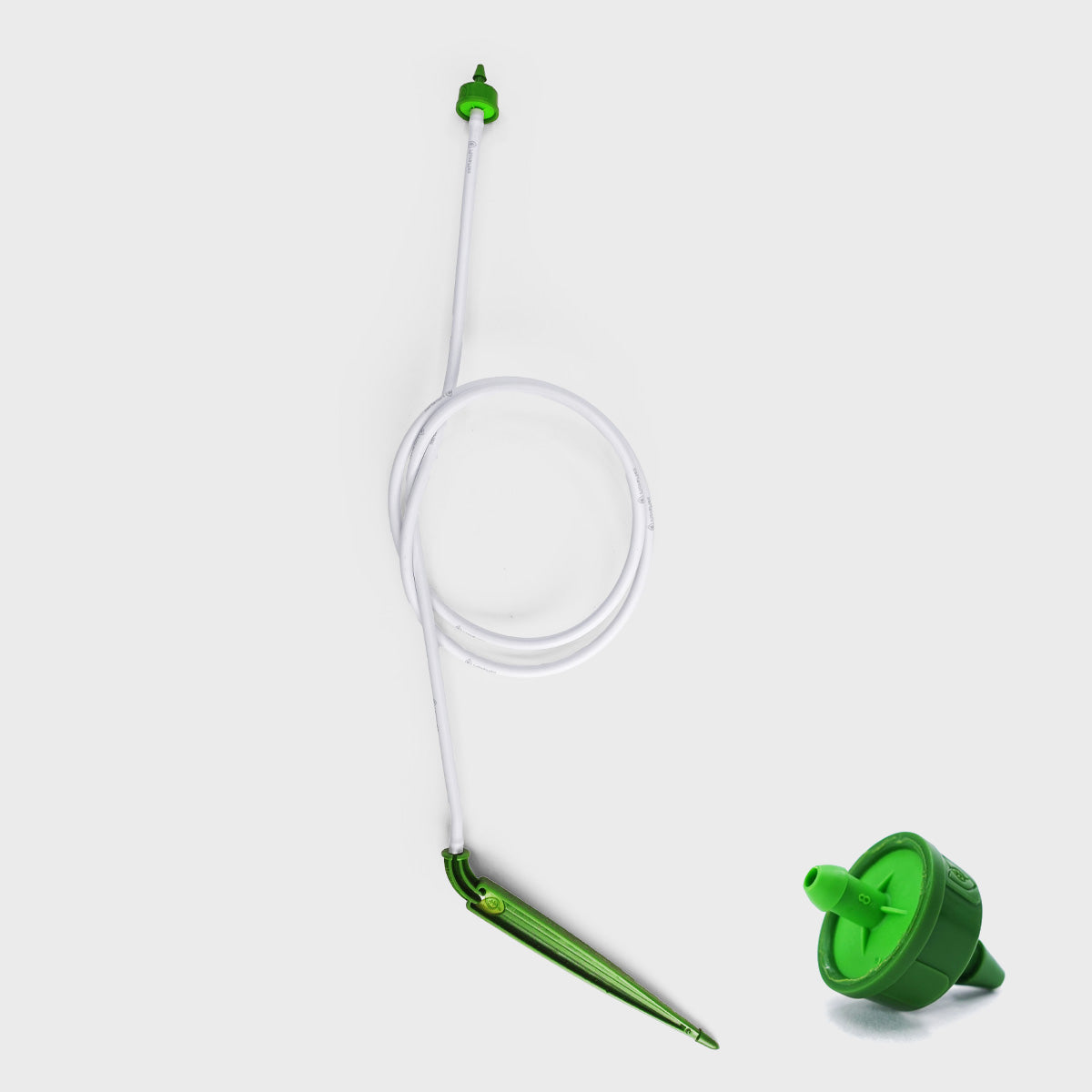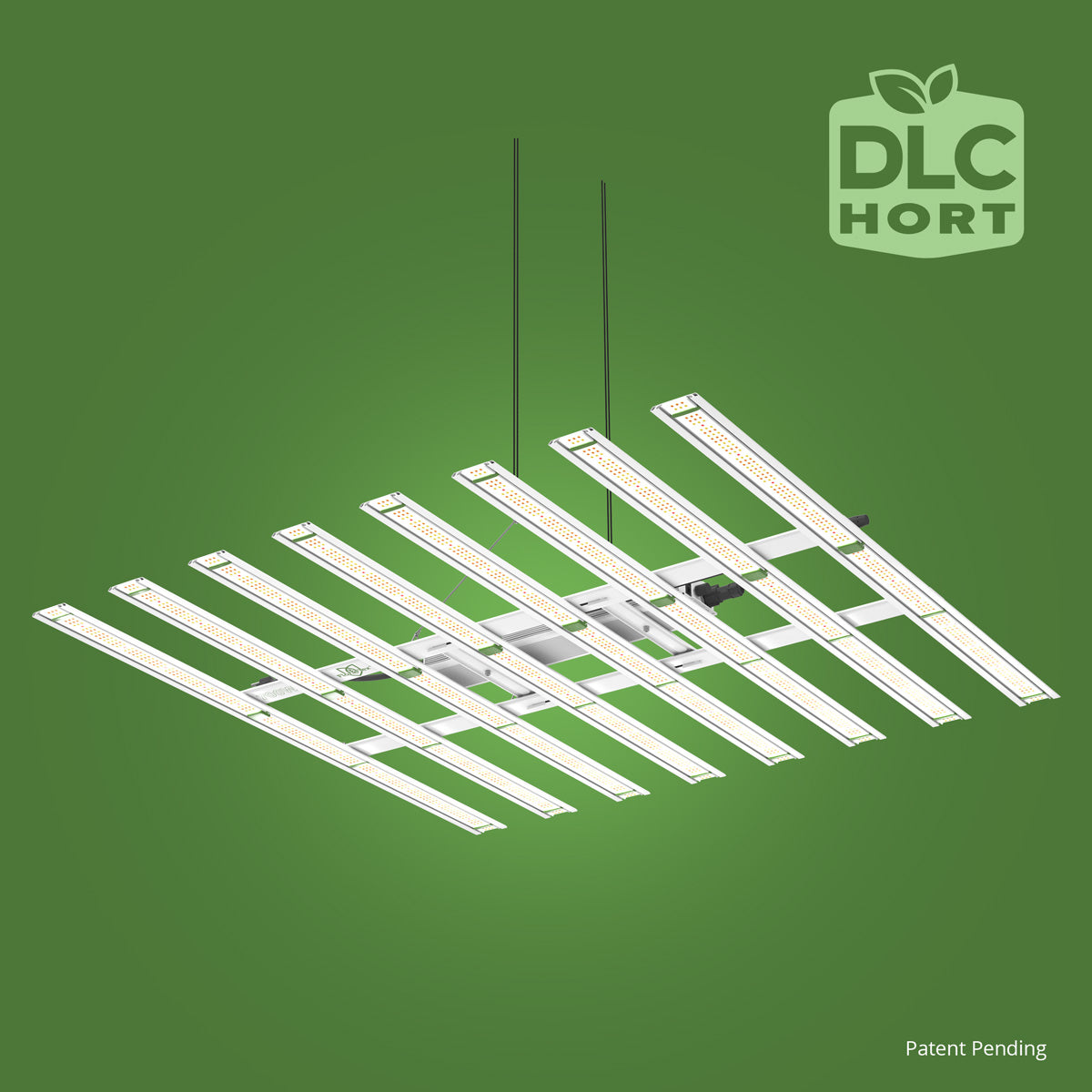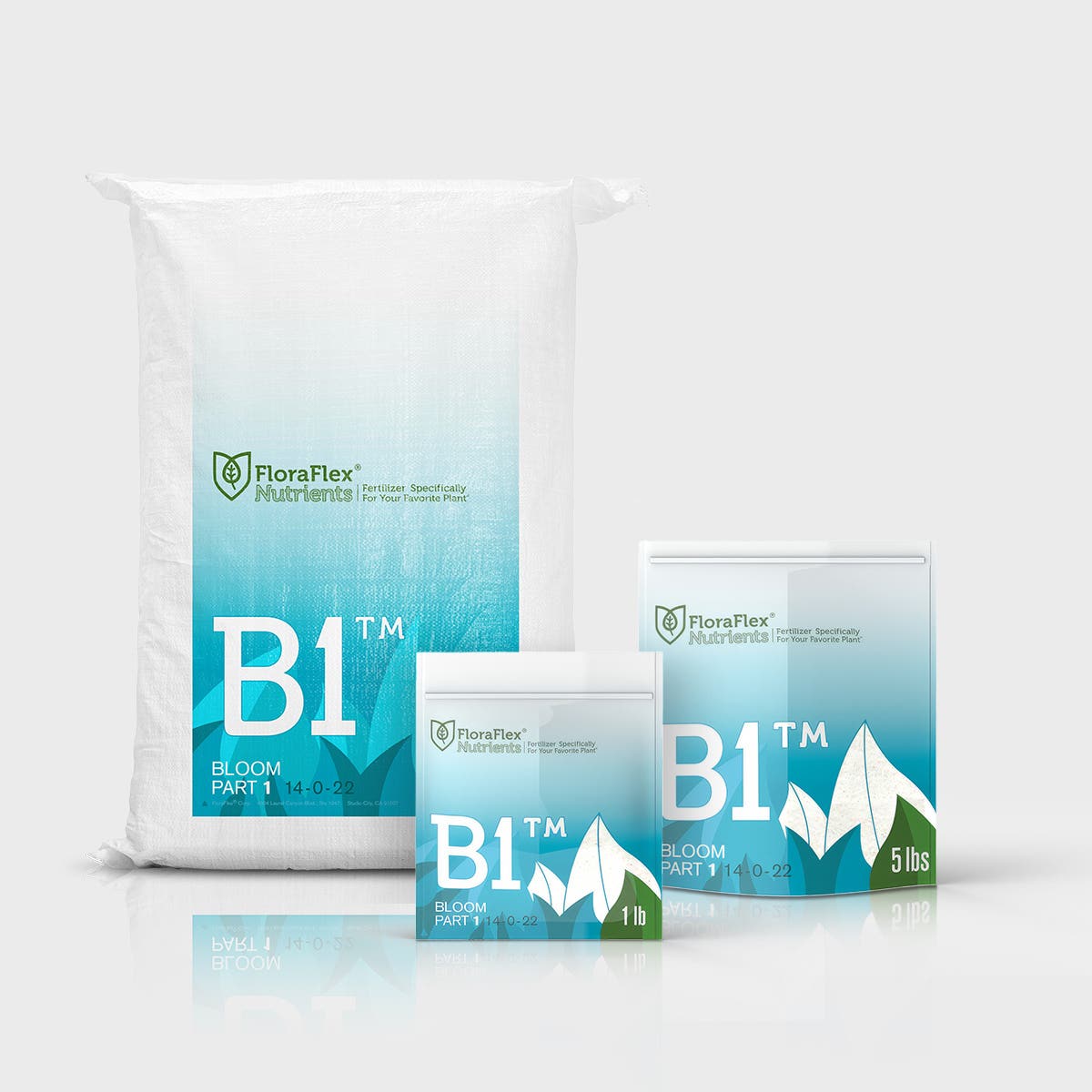{{widget type="Magento\Cms\Block\Widget\Block" template="widget/static_block/default.phtml" block_id="726"}}After you have cleared out space in your home or greenhouse for a hydroponic garden, you’ll need to fill it with the proper equipment that your type of hydroponic system requires. Hydroponic gardens require set-up time and care. The equipment you need for hydroponics is incredibly important to get right—but once you get it right the first time, you will know exactly what you will need in the future. Let us help you get the right equipment on the first try with these must-have hydroponic equipment suggestions.
Water
As implied by the word “hydroponics,” you are going to need water for your plants—and a lot of it, all at once. While, in the long run, you will use less water than with soil gardening, the first time you fill or refill the water basin, you will use a large volume of water.
Before you fill up, test your water’s natural pH, and check for existing minerals or chemicals that could harm your plants. If your water has an imbalanced pH, it might be a better idea to purchase purified, filtered water with a neutral pH. It will be easier to alter the pH of purified water to maintain the health of your plants. Knowing any problems with your water can help you troubleshoot your plant health if any plant has growth issues. You may want to invest in a pH checker to make checking pH levels an easy task you can do regularly.
Water Basin
Once you have your water source, you will need a basin (or reservoir) for your plants to drink from. Gardeners have gotten creative with these basins, using anything from household storage bins to empty buckets. Use a basin that allows you to easily keep track of water usage for quick water top-offs. The size of your basin will depend on the size of the plants and the number of plants you are growing. For each small plant, the minimum is half a gallon of water; medium plants need 1 ½ gallons; large plants need 2 ½ gallons. Remember, this amount is a bare minimum. You can add more if you feel comfortable doing so.
Covered water basins can prevent algae buildup, though it may not be possible to use with wick systems. Be sure to keep track of how full you fill the basin and how often you add water to it. Whenever you swap out fertilizers for different growing stages, change the water. You may also need a water pump, depending on the kind of system you’re using.
Light
Because your plants will be entirely indoors, you are responsible for their light intake. For small hydroponic container gardens, window light will be perfectly fine. However, once you begin growing larger gardens, you will need larger light sources. Before you purchase any lighting, know what kinds of plants you intend to grow. Different plants want different amounts of light.
Fluorescent lights provide bright lighting without harsh heat, making them perfect for your hydroponic garden. You want just enough light to keep your plants happy without scorching them with heat or evaporating your water.
Temperature Control
Most plants require a warm atmosphere to stay healthy. Make sure you can easily control the temperature of your grow room as the seasons outside change. The appropriate temperature depends on the type of plant you are growing, but many plants prefer mid-to-high 70°F temperatures. These temperatures should stay the same between day and night so that you don’t shock the plants.
In addition to the atmosphere’s temperature, pay attention to the temperature of the water in the basin. The water should be about room temperature, if not a little warmer—settle between 65°F and 80°F.
Grow Trays and Tables
Next, you will need a raised surface for your plants to sit above the water source and containers that control the water flow. Depending on the type of system you’ll be using to garden, you can have individual trays for each plant (like container gardening) or one large tray for the whole table. These specialized hydroponic containers will allow the growing medium to drain properly and any overflow to go straight back into the water basin.
There are specialized hydroponic tables that allow for flood basins to rest on the top, or you can build your table with a wire fence surface. As long as your table allows for water to trickle back into your water basin from the grow trays, it is perfect for hydroponics.
{{widget type="Magento\Cms\Block\Widget\Block" template="widget/static_block/default.phtml" block_id="799"}}
Fertilizer or Nutrients
Since you won’t be using soil to grow your plants, they’ll lack in nutrients that they require to survive. As such, your plants will rely on you to feed them with the proper nutrients they need. In a previous blog post, we covered the basics of hydroponic nutrients. You can feed macronutrients, such as nitrogen, phosphorous, and potassium, to your plants in large quantities. Micronutrients, such as boron, copper, iron, manganese, molybdenum, and zinc, are necessary in smaller quantities but are just as important. Different plants have different nutrient preferences!
You can buy these nutrients separately and mix the solution yourself, or you can buy premixed fertilizer for healthy plants. Floraflex sells premixed powder fertilizer for hydroponics for both stages of plant growth, “vegetative” and “bloom.”
Growing Medium
Soil alternatives are important to know when beginning your hydroponic garden. Mediums such as Rockwool provide a sterile environment for your plants to take root and absorb water and nutrients. Unused water and nutrient solution will drip down into the water basin, meaning your growing medium won’t foster mold or disease. Another popular medium is coco coir, which is made from the husks of coconuts! Money-savvy hydroponic gardeners have also used mediums such as aquarium gravel or clean rock.
Hydroponic System Specific Equipment
Other types of equipment you need for hydroponics will depend on the hydroponic system you plan to use. For wick systems, you’ll need an air pump and the wicks that will dip into the water solution. Drip systems will require plastic tubing, drippers, a water pump, and a timer to properly schedule watering. Depending on the size of your garden, you may need to stock up on these specialized materials, so watch how quickly you go through them or need to change them.
Starting your first hydroponic garden can be overwhelming, but knowing the basic equipment that you require is an essential first step. We at Floraflex want to be the first stop on your hydroponic journey!

